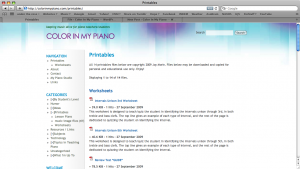
If you head over the the Printables page, you will see that it has undergone a complete makeover! I was having a great deal of difficulty with the WordPress plugin I was using to organize and display my printables, so finally I scrapped it totally and found another one. Although it is not as fancy as before (i.e., there are no longer any preview thumbnails of each file), it gets the job done!
The following posts have been updated so that the links to each pdf are now working:
- New Worksheet: Intervals Unison-3rd
- New Worksheet: Intervals Unison-5th
- NEW Printables Added: Review Tests A-J plus a Guide
You can also simply visit the Printables page to see a listing of all the pdfs currently available. Enjoy!





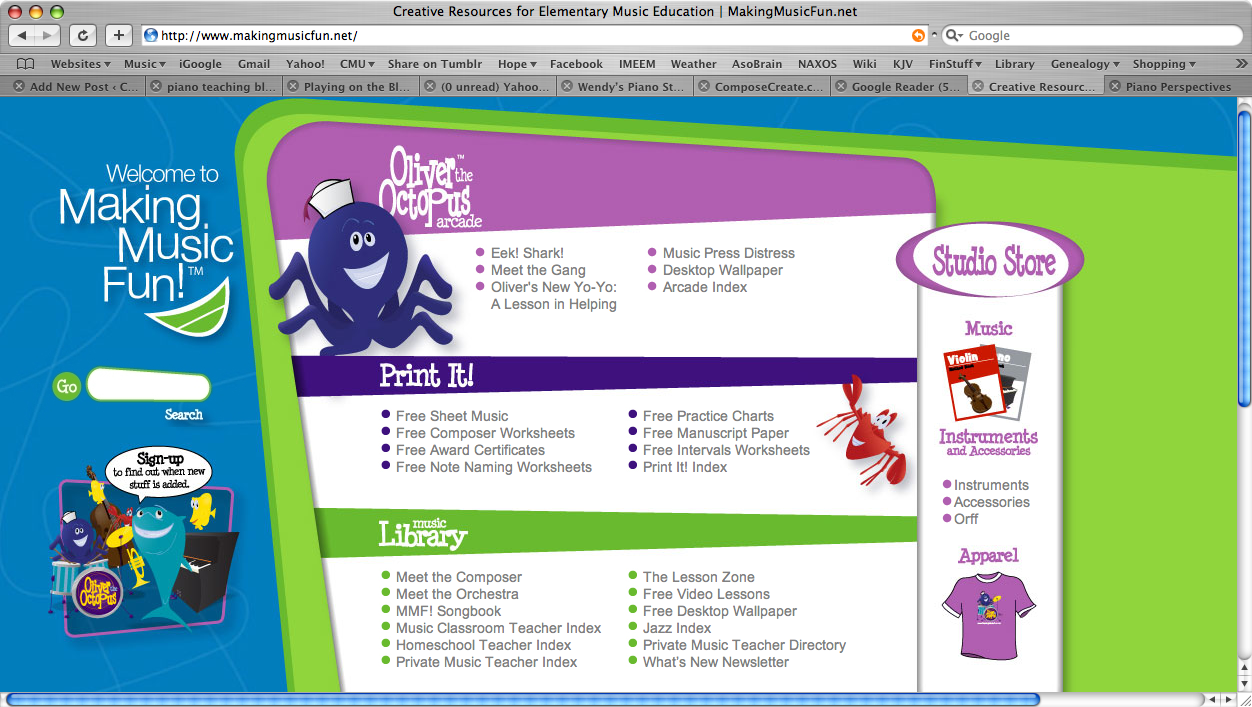
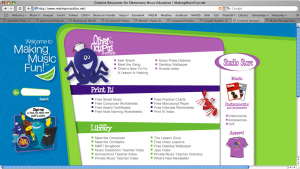

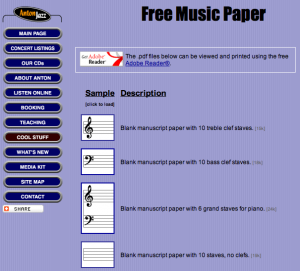

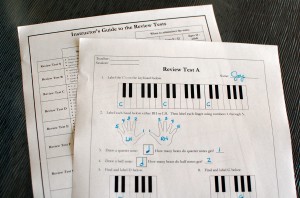 If you navigate over to the
If you navigate over to the 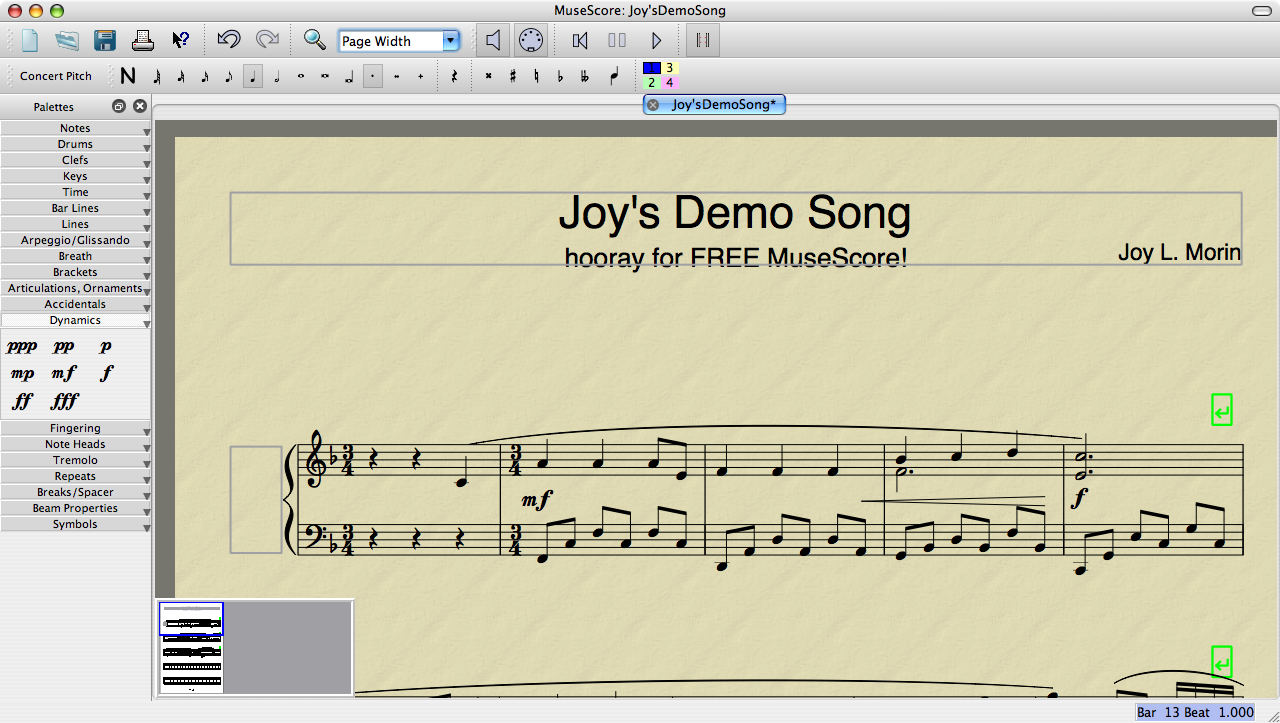


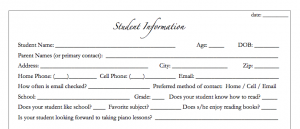
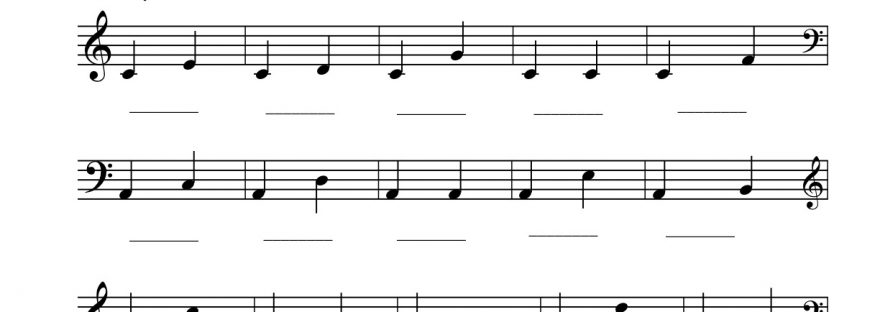
 Do you find yourself telling students how much easier it would be if they learned to recognize intervals on sight when they are sight-reading? Here are two new free, printable worksheets, designed to help students who have difficulty distinguishing between different intervals on the staff. The first one is for younger students who have just begun reading staff notation. It teaches and quizzes the difference between unisons, 2nds, and 3rds. The second worksheet is a little bit harder, adding 4ths and 5ths into the mix. Enjoy!
Do you find yourself telling students how much easier it would be if they learned to recognize intervals on sight when they are sight-reading? Here are two new free, printable worksheets, designed to help students who have difficulty distinguishing between different intervals on the staff. The first one is for younger students who have just begun reading staff notation. It teaches and quizzes the difference between unisons, 2nds, and 3rds. The second worksheet is a little bit harder, adding 4ths and 5ths into the mix. Enjoy!
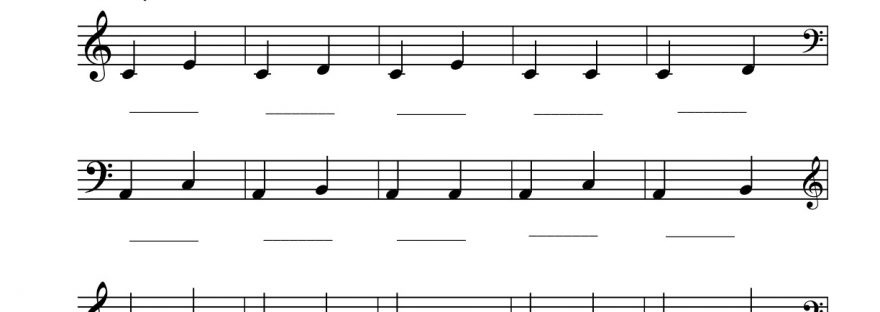
 Do you find yourself telling students how much easier it would be if they learned to recognize intervals on sight when they are sight-reading? Here are two new free, printable worksheets, designed to help students who have difficulty distinguishing between different intervals on the staff. The first one is for younger students who have just begun reading staff notation. It teaches and quizzes the difference between unisons, 2nds, and 3rds. The second worksheet is a little bit harder, adding 4ths and 5ths into the mix. Enjoy!
Do you find yourself telling students how much easier it would be if they learned to recognize intervals on sight when they are sight-reading? Here are two new free, printable worksheets, designed to help students who have difficulty distinguishing between different intervals on the staff. The first one is for younger students who have just begun reading staff notation. It teaches and quizzes the difference between unisons, 2nds, and 3rds. The second worksheet is a little bit harder, adding 4ths and 5ths into the mix. Enjoy!